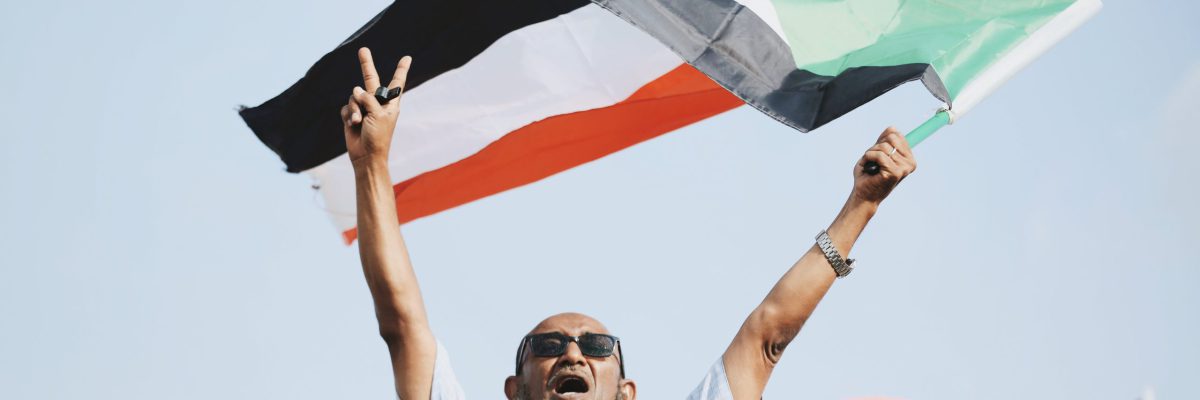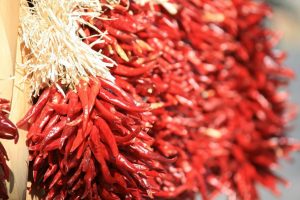Recent Developments
In April 2019, protests and riots swept Sudan, toppled the ruler, Bashir, after 30 years in power, and brought to his arrest. Lieutenant general Abd al-fattah Burahn, commander of Sudan’s Armed Forces (SAF), joined hands with Mohammed Hamdan Dagallo (known as Hemedti), commander of the feared Janjaweed militia, renamed the Rapid Support force (RSF) and together seized power in a coup d’etat. This became a short-lived triumvirate leadership when a civilian politician, Abdullah Hamdouk, joined as Prime Minister.
Background
Dar Fur sultanate in western Sudan, was added to Sudan only in 1916 after Ali Dinar, the last Sultan of Dar Fur, was defeated by British forces. Since Sudan’s independence (1956), this territory preserved, until July 9th 2011, the Independence of South Sudan, when it separated from Sudan, after a long, difficult process. Sudan’s borders have changed to reflect the violent nature of the country, influenced by politics, tribalism, ethnicity, economics and religion. That had led to the horrible Genocide in Dar Fur. The Hague International Court of law, issued an arrest warrant in July 2008 against Omar al Bashir and some of his government ministers for crimes against humanity (and later for genocidal slaughter of non-Arab citizens there) committed in Dar Fur. It is estimated that between 350,000-500,000 men and women were murdered by the Janjaweed in 2003-2005.
This genocide has been going on till now. In addition to racial (Semites and Hamites) and religious (Muslims, Christians, and Animists) identities, there is great variance within the ethnic groups themselves. The Muslims are divided into two different groups of Arab extraction vs. non-Arab African groups.
The Islamization process of Dar Fur began at the end of the 16th Century. A clear-cut distinction is made between the “Arab- Muslim north” (centered in Khartoum), and the “African (Hamite/black) Christian (and some Animist) south” (located in South Sudan). In the west (Dar Fur) the conflict is between “Arab- Muslim north”, and African-Muslim (non-Arabs), which means racist basis-and not on religious conflict.
Slave traders in Sudan were mainly Arabs (the most famous was Rahma Abu Zubair), but there is also the history of the traditional master-slave/Arab-African notion, which is also found in other countries along the sub-Saharan line (such as Mauritania).
The war of Khartoum in Dar Fur and in the border areas, manifest the rifts in Sudanese society: Arabs vs. Africans, center vs. periphery, and between Muslims on the one hand and Christians with those with traditional African religions on the other.
The Current Situation
Hemedti’s Coup D’etat on 15 April 2023, to remove Burhan, turned led to the eruption of intense and bloody warfare between his militiamen and protesters. Hundreds were killed, and the fighting spread. This has been pushing Sudan into turmoil.
Burhan accuses Hemedti of subversion and of acts of cruelty against the civilian population, as well as of rebellious attacks on SAF troops. Burhan and Hemdeti’s power struggle is a reflection of their different backgrounds, and of the complexities of Sudan’s political culture.
Hemedti likes to integrate the RSF fully into the SAF – which is bound to have disrupting effects and difficulties for the military and for Sudanese society. Bashir, from the Ja’aliyin tribe, governed the country for 3 decades – using both the imposition of strict Islamic law, in conjunction with Hassan Turabi’s National Congress and the brutal use of military force to repress Dissent. Turabi was the one who led the ideology against the Africans of Dar Fur, allegedly by Radical Islam platform, but actually, by racist elements, Turabi led the ideological path to genocide.
Burhan, while rose through the ranks of the armed forces, was a member of the Shai’kiyyah tribe. Hemedti’s tribe is the Rezaiykat (where he was a Camel Herder), in the southwest, and his RSF is an offshoot of the violent Arab militia, formerly known as the much-feared “Janjaweed”.
Thus, the power struggle is also a tribal issue: like Bashir, Burhan claimed the leadership in Khartoum. The western Sudanese of African origins, such as the Fur and other tribes, had been discriminated by Khartoum since the Independence. The Arab Janjaweed carry out the genocide in name of Bashir and Turabi.
The new wave of slaughtering the black tribesmen people in Dar Fur by Hemedti’s RSF militia has been happening now. In the last events which spread to Dar Fur in October 2023, thousands of people were killed, many were wounded and some succeeded to run away from the region. The International Organization for Migration (IOM) stated about hundreds of dead in El Geneina on Nov. 4 and 5, 2023. Approximately 700 people were reportedly killed in West Dar Fur after clashes between the Sudanese army and paramilitary RSF at Nov 9. Families waiting at the border with Chad are constantly receiving news of the death of relatives and acquaintances. Some will never know about their friend`s destiny (November 9th ,2023). One hundred were injured and 300 others are reported missing. Reports on a large massacre by RSF numbered by thousands of citizens of Dar Fur. Some aid organizations described it as “ethnic cleansing”.
Observations
The war spreads out to Dar Fur while Hemedti and his RSF militia use it to expand Dar Fur’s genocide. While international attention focuses on Russian-Ukraine war and the war in Gaza, they intensify their activities. Hemedti / Burhan power struggle is not finished yet and it’s stretching all over Sudan, while Hemedti and his followers are taking part at the massacre in Dar Fur.








